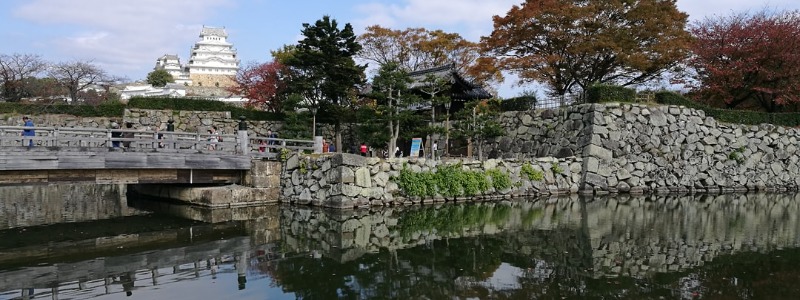Fort Sumter National Monument
Some places in the world are best known for certain historic events – and not all of them good. Mention Pearl Harbor to most people and immediately they’ll think of the terrible attack that brought America into World War II.
Fort Sumter is somewhere else that’s most famous for its role in a different war. Built on a pentagon-shaped island in Charleston harbor, South Carolina, the fort was the place where the very first shots of the Civil War were fired at 3:30 a.m. on April 12, 1861. That historic first shot wasn’t exactly a success though. The 10-inch mortar shell didn’t hit anything, but when it exploded over the fort, it was a signal for the Confederate artillery to open fire on the fort, which was then in Union hands.
Once that signal went up, it didn’t take long for the Confederates to get their hands on the fort. The Union soldiers evacuated and surrendered the very next day, even though by that point, not a single life had been lost on either side. The Confederates held on to the fort for the next four years, despite repeated attempts to take it back. During that time, it is estimated that a stunning seven million pounds of artillery were shot at the fort, yet despite that, only 52 lives were lost.
Today you can see some of the shells that were fired at the fort in the small museum there and it’s a testament to the way the fort was built, that so little blood was shed. Some of the mortar shells are huge and even the flag that flew on the island during those years is still pretty much intact and on the show today in the museum. The museum takes you through the fort’s history, with fascinating information, not only on the Civil War but also on what happened before and since then.
To give you an idea, the fort was originally built after the War of 1812, as one of a series of forts along the southern American coast. With walls five feet thick and standing up to 50 feet tall, it was designed to house up to 650 men and more than 100 guns, although, during its time, it was never home to anywhere near that many soldiers or guns.
Unless you’re rich enough to be able to charter a private yacht, the only way to reach the Fort is to take the concession-operated ferry from either the Fort Sumter Visitor Education Center in Liberty Square, Charleston or from Patriot’s Point Naval Maritime Museum on the other side of the harbor. The boat ride offers you the chance to get some superb views of Charleston and the beautiful historic homes lining the Battery and looking out to sea.
Boats run at least twice daily from Liberty Square and at least once a day from Patriot’s Point, with more services at busier times of the year. The ride takes about thirty minutes. Both places are great starting points for your visit. The Fort Sumter Visitor Education Center gives you an excellent introduction to the lead-up to that first shot being fired, taking you through the growing problems between the North and South and how they finally erupted into Civil War.
A more appealing departure point for families is the Patriot Point Naval and Maritime Museum, whose star attraction is the USS Yorktown, a World War II aircraft carrier, which later went on to serve in Vietnam and even picked up the astronauts from Apollo 8 when they returned from their moon orbit in 1968. You can also explore the World War II submarine Clamagore, the Destroyer Laffey, and Ingham, a Coast Guard Cutter.
Now back to the fort itself. Fort Sumter is a US National Monument and is looked after by the US National Park Service. As you’d expect from any of the National Park Service sites, it’s beautifully maintained and all the questions you could ever want to ask will be answered during your visit. Once you step off the boat, you’re strongly encouraged to stop and listen to a talk by a park ranger about the history of the fort, although we chose to bypass this, having heard a great deal of information on the way over in the boat.
As for the rest of the site, there aren’t many “activities” but there’s plenty to explore. Since nearly everything is outside, this is somewhere you ideally want to head for on a dry day! You can take a walking tour around the site and see the ruins of the barracks and officers’ quarters, along with the casements. It’s a very peaceful place and somewhere that we could have easily have spent more time at in spite of the fact that neither of us is a Civil War enthusiast. This is a place that will appeal to everyone.
As you leave the fort though and the island fades away in the distance, you can start to imagine how isolated the soldiers must have felt during the four years they were serving here. Wonderful though it is to visit for an hour or so, the prospect of spending all that time here isn’t one that inspires me!
Fort Sumter is closed on Thanksgiving, Christmas Day, and New Year’s Day. Entry into the fort is free, but tickets for the ferry service cost $14 for adults, $12.50 for seniors over the age of 62, and $8 for children aged between six and eleven. Children under six are admitted free. It’s worth remembering that there are no restaurants or even snack machines on Fort Sumter, although snacks are available on the boat. (Bear in mind if you’re vegetarian, you won’t find much you can eat so consider bringing snacks!)
